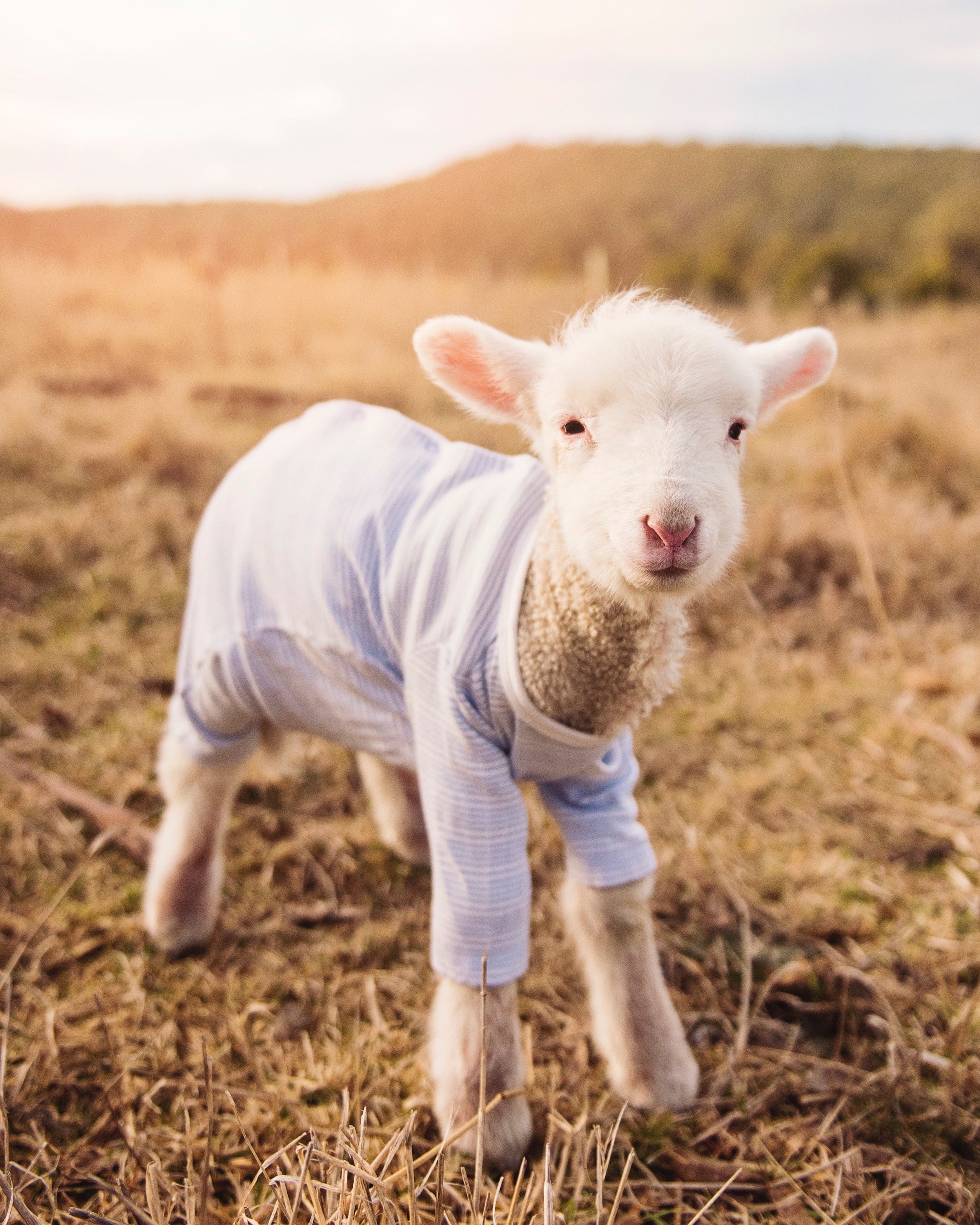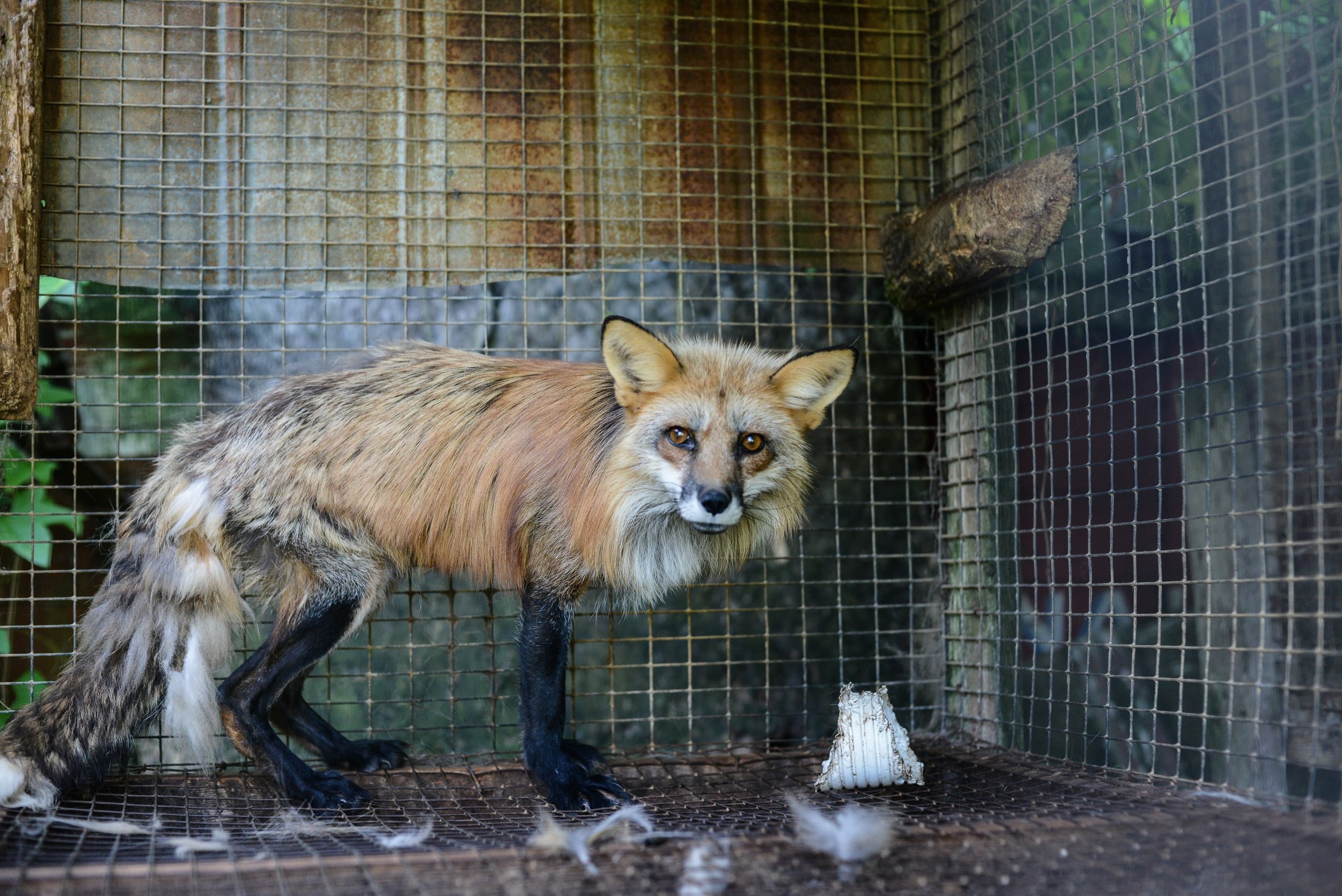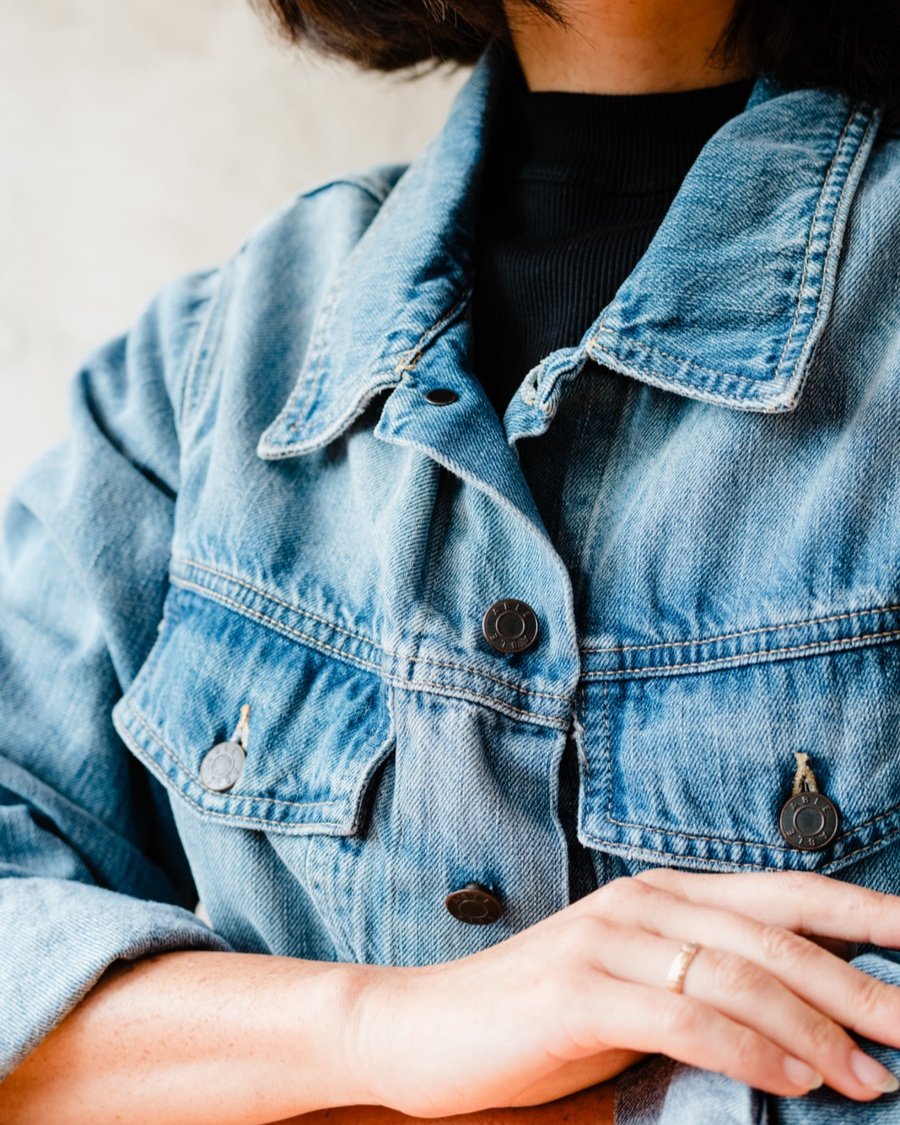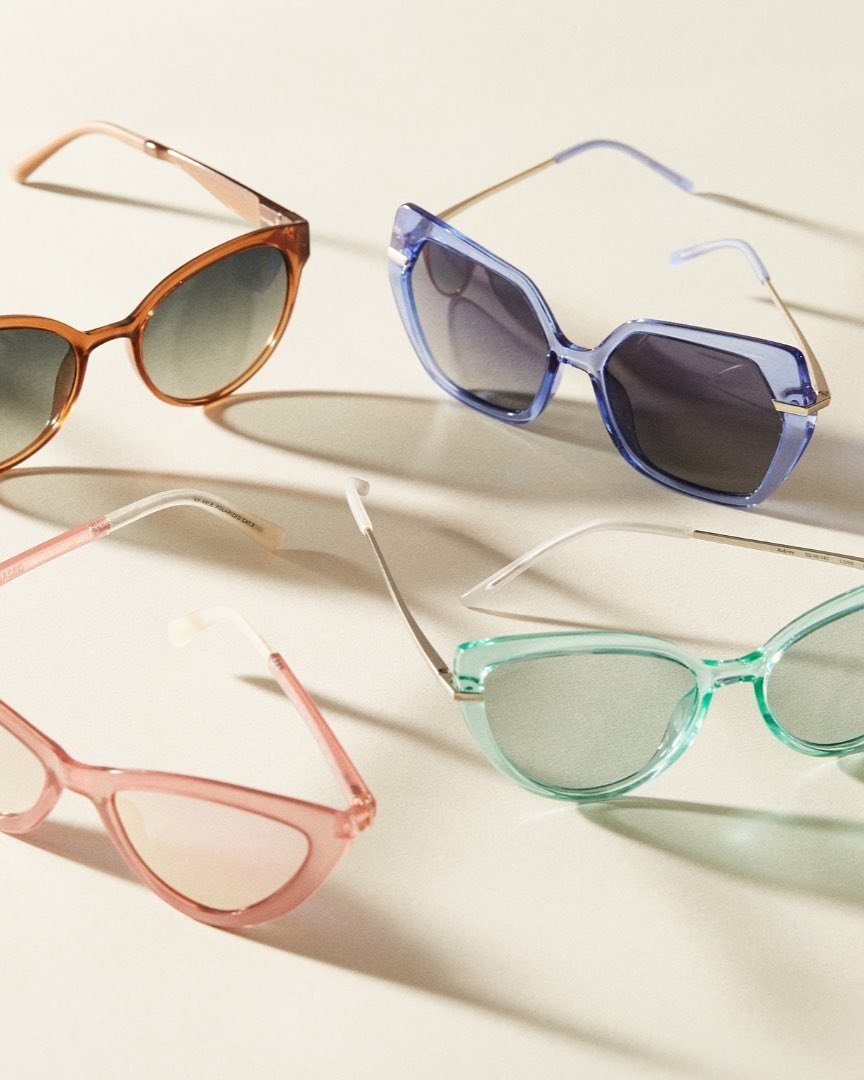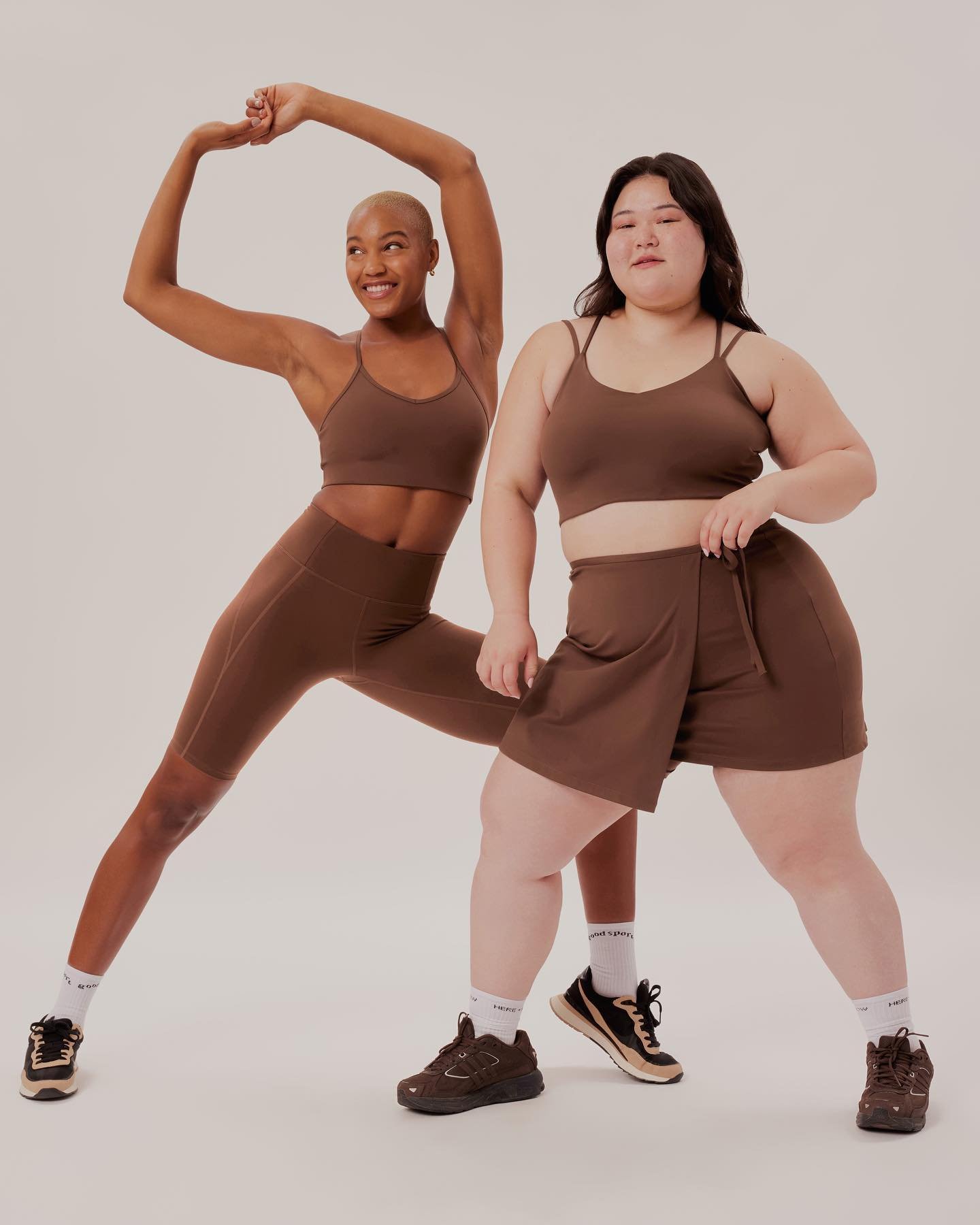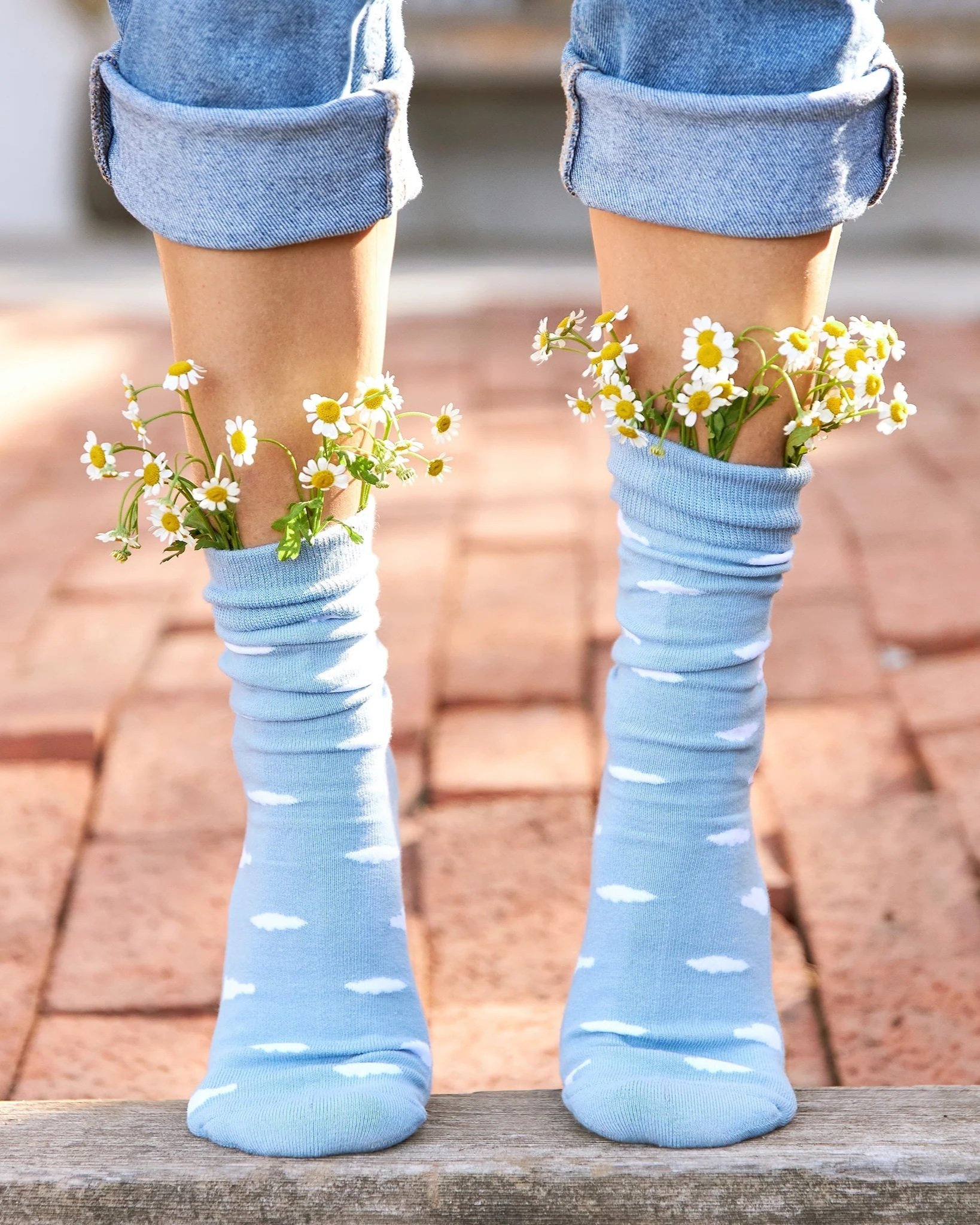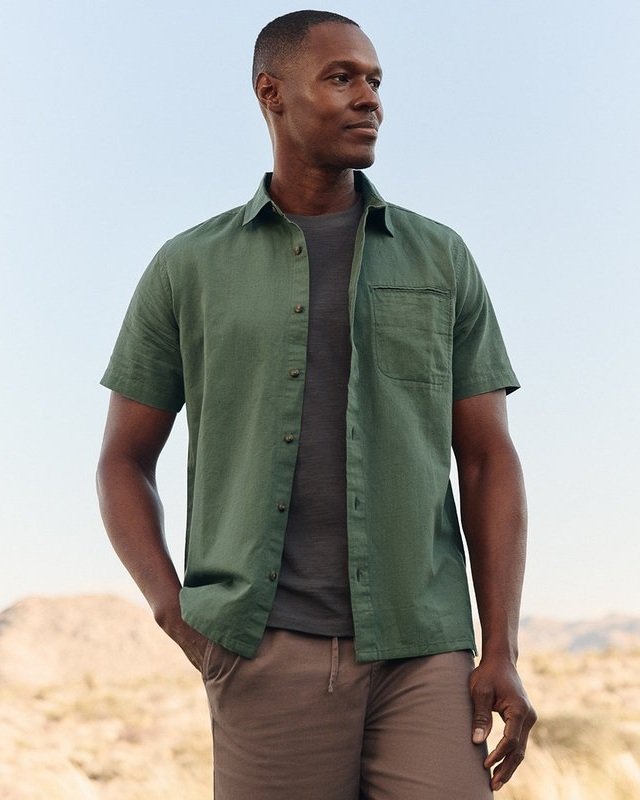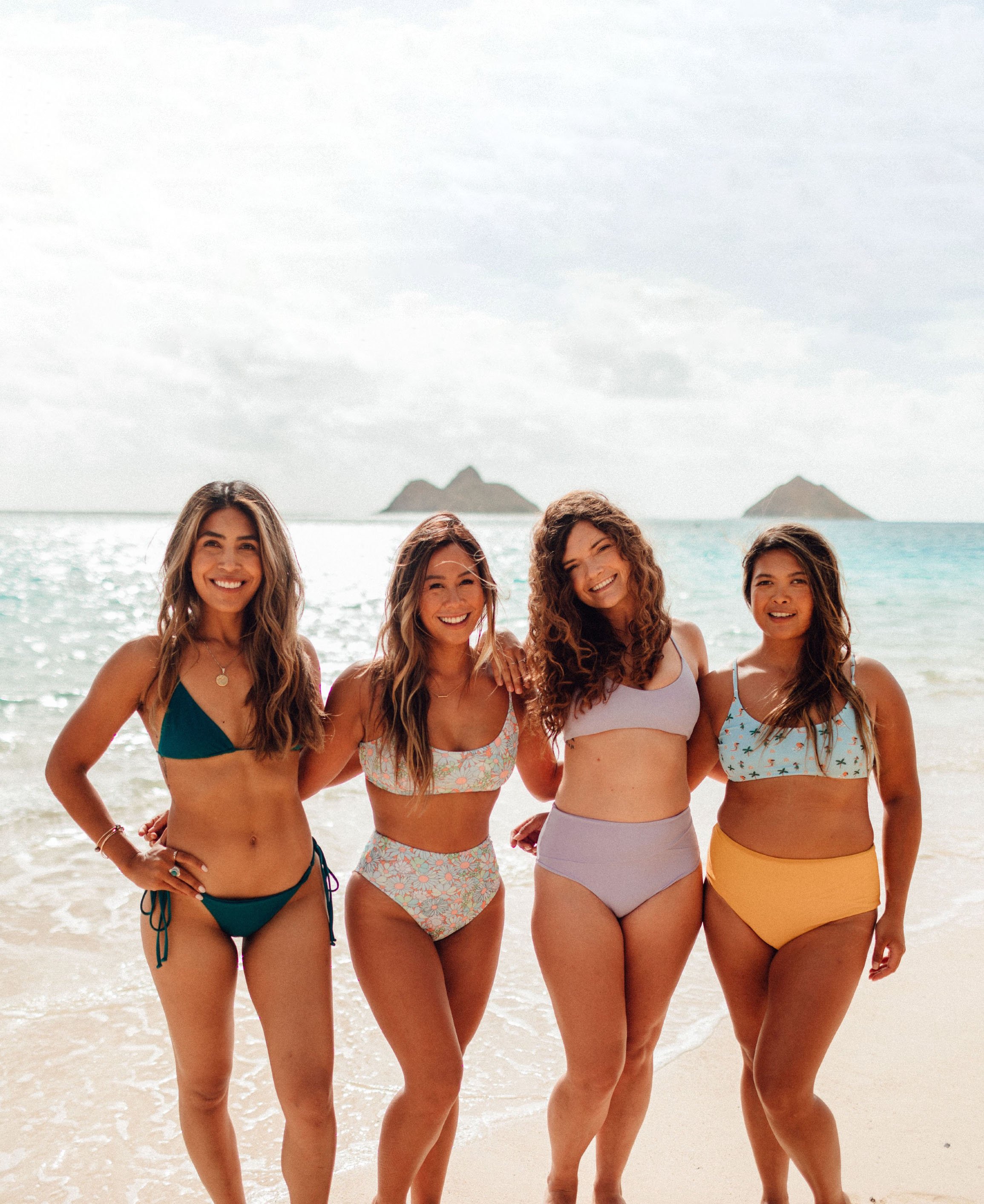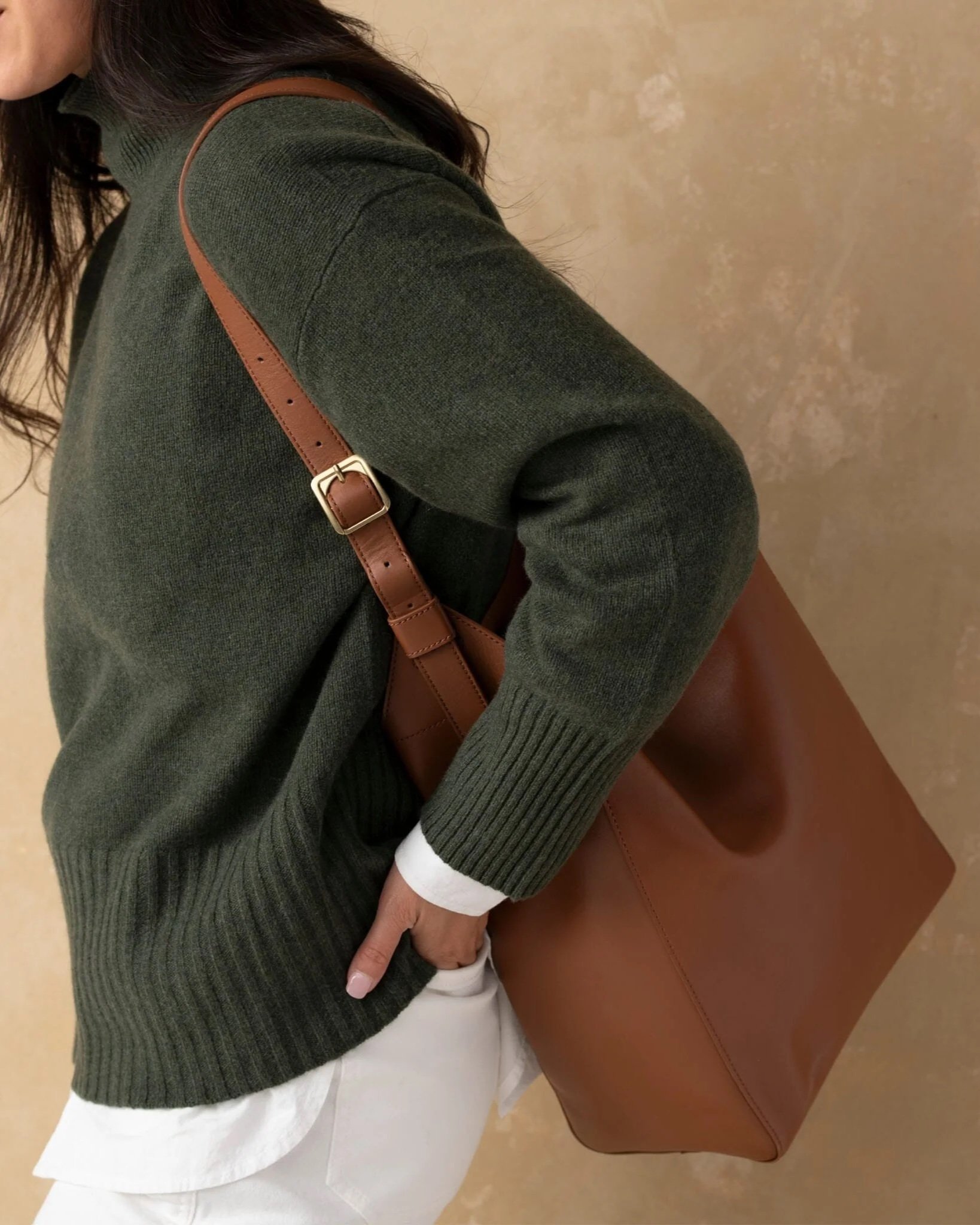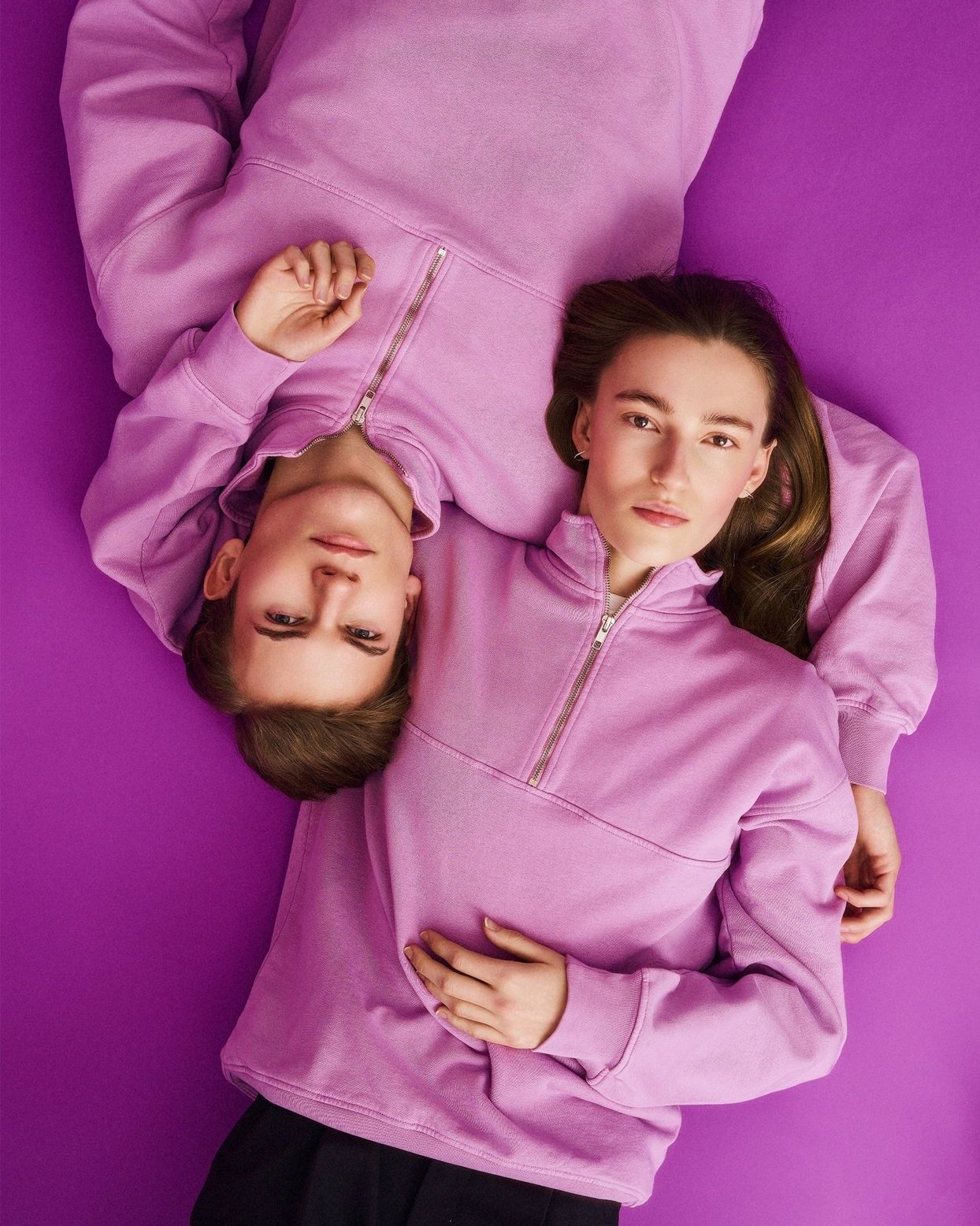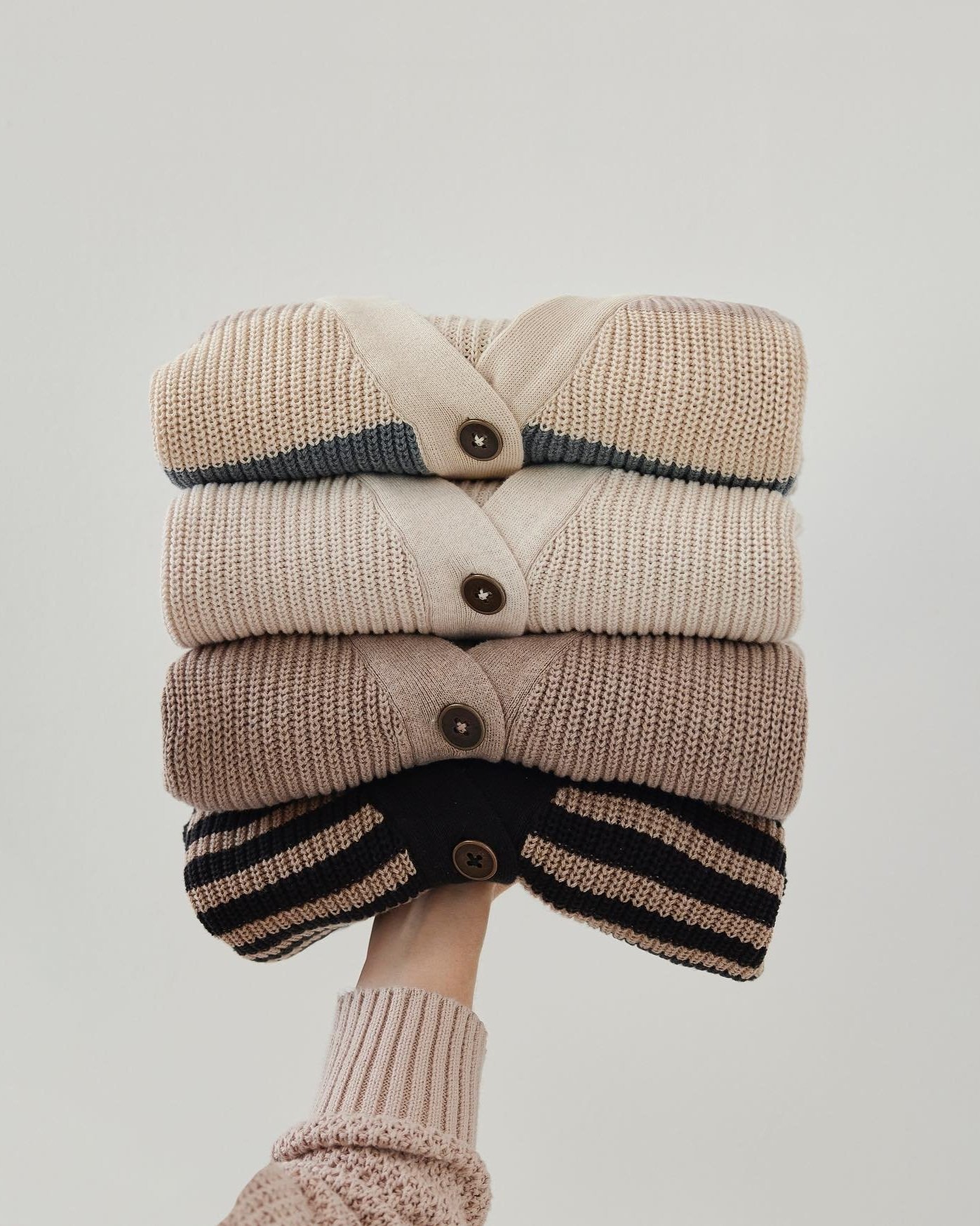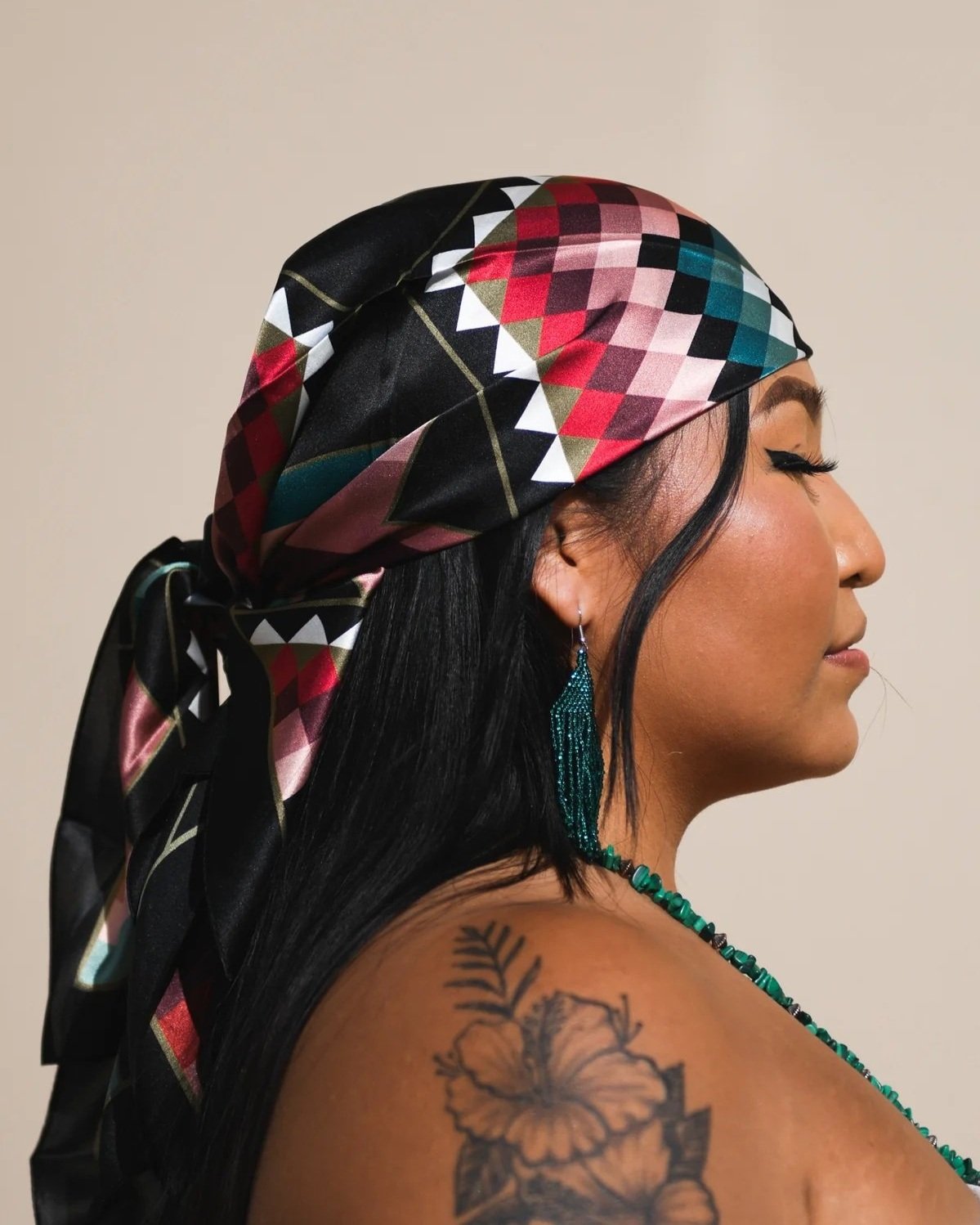An Introduction to Animal Protection in Fashion
Animal Protection in the Fashion Industry
When we talk about ethical fashion, not only should we consider the people who make our clothes, but also the non-human animals who are impacted by the fashion industry – whether they are farmed, killed, or endangered by clothing production. If you’re new to these considerations, let’s go through some of the issues facing animals in the fashion industry.
Non-human animals (as opposed to humans, because we’re animals too!), share this planet with us, but sometimes we can forget that, and consider this just ‘our’ planet. Too, when we talk about ethics in fashion, sometimes our thoughts are – while critical to creating a fairer fashion industry – human-centric. Total ethics fashion prioritizes the wellbeing of all animals, both human and non-human, before profit. But what issues do other animals face in the fashion industry? First, let’s talk about animals who are slaughtered specifically and primarily for fashion.
Killing for Fashion
A number of animals are killed solely or primarily for the sake of fashion industry products and profit. These include fur-bearing animals like raccoon dogs, minks, muskrats, chinchillas, foxes, coyotes and so on, who are both confined to factory-farm cages, and trapped and shot in their natural habitat.
Many reptiles with supposedly ‘exotic’ skin are also killed for fashion, such as alligators, crocodiles, snakes and lizards. The skins of these animals are usually sold to some of the wealthiest people around the world, at an shockingly steep price. For example, Australia’s native saltwater crocodiles have lived on their indigenous land for at least 100 million years, alongside the Larrakia people who consider crocodiles their totem, ‘Dungalaba’. Despite this, more of these reptiles live in cages and concrete pits owned by and supplying Hermès and Louis Vuitton, among others, than in their natural habitat. Killed at a tiny fraction of their lifespan, bags made from their skin sell for tens, if not hundreds of thousands of dollars.
Other animals killed primarily for fashion include ostriches, and kangaroos – with their skins most commonly used for bags and boots, especially football boots, in the case of kangaroos. If you’re seeking to protect animals through your fashion choices, avoiding wearing any of these animals is a simple way to do that. Luckily, there are innovative alternatives to all of these materials!
Killed in Fashion Supply Chains as ‘Co-Products’
It’s increasingly mainstream to believe animals should not be killed specifically for fashion – as we’ve seen through the number of brands, local governments and even countries banning fur, as well as some ‘exotic skins’. But what about animals who are killed in fashion supply chains, but who are a part of other supply chains, too?
Take cattle skins for example, which are the most commonly used in leather production. These skins are co-products of the meat and dairy industries. This means that these skins are valuable, sold for profit to the fashion industry. However, in many instances the flesh of these animals, sold as beef burgers, mince and steaks are more profitable.
The fact that leather is a co-product of the meat industry – as non live-plucked down, sheep skins and a lot of wool are too – is often used as an argument to continue to wear these materials, without concern for these animals. The reasoning here is that ‘so long as meat is being eaten, there will be skins and feathers to wear, so we may as well not waste them’.
The problem with this argument though, is that it fails to consider the economic value of these industries. The leather industry is valued at around $128 billion USD. When individual slaughterhouses are unable to sell skins – sometimes due to the popularity of leather alternatives – multi-million dollar losses are recorded. By buying leather we help to fund the meat industry, allowing for it to thrive. If everyone stopped buying leather, the meat industry would suffer financially, likely forcing it to reduce in size – in turn resulting in less animals being killed (and less greenhouse gasses being emitted).
Supporting animal protection means avoiding the needless slaughter of thinking, feeling animals – this is the logic behind bans on fur. It’s worth considering that this same support ought to be given to animals who are killed in a system which brings in profits for both the fashion and food industries alike. We can show this support by opting for more totally ethical materials like those that are vintage, bio-based leather alternatives, plant-based wool alternatives, and recycled down alternatives.
Farmed Animals Facing Cruelty
If we look further back into fashion’s supply chains, past slaughterhouses, we find ourselves at farms – whether that looks like a green field or a dank factory-farm. In both of these settings, animals are routinely and legally exploited and mutilated.
For example, cattle in leather supply chains often have their horns cut off, or burned from their skull, without pain relief. Many sheep in the wool industry face mulesing – where the skin around the backside is sliced off – and almost all sheep have their tails cut off or otherwise severed. Cashmere goats have been known to cry out as sharp-toothed metal combs rip through their hair, and alpacas have even been documented vomiting in stress as they are tied down for shearing. Ducks exploited for feather down – even if they are protected from live-plucking – are often denied water to float and bathe in, resulting in debilitating disability. Some are even caged and force-fed, tied up in the foie gras industry.
The reason this is all possible is a confronting one: around the world, laws which genuinely protect farmed animals are near non-existent. Even in countries with supposedly ‘high animal welfare laws’, farmed animals are often specifically exempt from protection. In America, Australia and the United Kingdom for example, cruelty to animals exploited in the fashion (and food) industry is legalized if it is deemed ‘necessary’ or ‘standard’.
Animals, like us, not only deserve to live their lives, but to live them happily and healthily. Unfortunately, most animal supply chains are lacking in transparency, and even certifications which claim to ensure higher standards of welfare and reduced cruelty to animals often fall far short of their promise. So long as cruelty to animals is legal and standard to the production of animal-derived materials, these materials won’t align with efforts for total animal protection.
While this might be distressing, it’s worth keeping in mind that people all around the world are working to change laws and gain protections for animals, so that they can be recognised as sentient, and be kept safe, and able to enjoy their freedom.
Wildlife and fashion
While some wild animals are slaughtered and transformed into fashion objects – like snakes made into wallets and coyotes into fur-trimmed jackets – other free-living, native animals are impacted by fashion too. Let’s talk about biodiversity loss.
The more land-intensive a material is, the higher the risk of biodiversity destruction associated with its production. Basically, this means that the making of some materials requires much more land than others, and because of this, more native and unique vegetation needs to be cleared for the sake of production. The problem with this, is that animals living in that vegetation – in bushlands, grasslands, forests and other ecosystems – then lose their homes. And when animals lose their habitats, they generally don’t just move, they die. Habitat destruction is the primary cause of species extinction around the world.
So, which materials are most land-intensive, and which protect native animals better? Interestingly, it’s normally materials made from farmed animals that require the most land, in turn also harming wild animals. For example, far more cotton and hemp can be grown on the same amount of land as wool ever could be – did you know that producing one bale of Australian wool (where most wool is from) instead of cotton requires 367 times more land? What’s more, when we look to leather-like materials, we can produce far more pineapples to feed people and create leather alternative materials than we can leather from cow skins on the same land. The same is true of cacti, cork and other building blocks of leather alternatives.
How We Can Help to Protect Animals Through What We Wear
The first, most obvious and impactful way that we can protect animals is to not wear them. When we do this, we avoid all potential suffering, exploitation and slaughter of animals that is so often wrapped up in the production of animal-derived materials. But there are other ways we can help, too!
Buy less clothes. Even if you are buying animal-free clothing, all clothing has an impact on native, free-living animals because all clothing production has an environmental impact. Our current fast fashion system relentlessly takes from the Earth without replenishing it, resulting in the destruction of ecosystems, the warming of our climate, and other environmental impacts which harm all animals – humans and non-humans. Slowing down fashion is the solution for so many of fashion’s problems.
Choose pre-loved clothes first. Even if you want to buy new clothes, you don’t necessarily need to be taking more from the planet, and in turn, animals living here with us. Buying existing clothes is a great way to keep fashion circular, and less harmful.
Get involved in education and impact campaigns which help people learn more about the use of animals in the fashion industry, and which seek to reduce the amount of harm the fashion industry causes to them. We won’t buy our way to a more ethical fashion system, but we can use our voices to get involved!
About the Author
Emma Håkansson is the founder and director of Collective Fashion Justice which seeks to create a total ethics fashion system that prioritizes the life and wellbeing of non-human & human animals, as well as the planet, before profit & production. She has written countless articles on ethics, sustainability, and fashion, and has two books due out over the next two years.
MAKE SURE TO PIN THE PHOTO BELOW TO SAVE THIS POST FOR LATER!
WANT to find SUSTAINABLE BRANDS? VISIT OUR BRAND DIRECTORY!
Our Brand Directory is home to hundreds of sustainable brands, from makeup to cleaning supplies, from underwear to shoes. We have broken everything down by category for easy shopping, along with discount codes unique to Sustainably Chic viewers.

